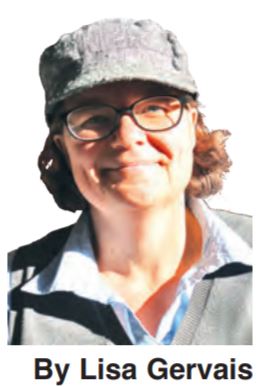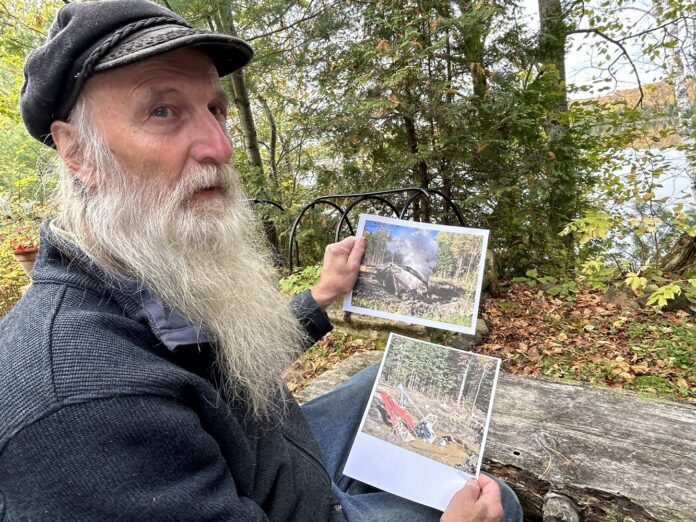The universal theme of celebrating the light is found in the traditions of many cultures as we move towards the short days of winter. This fall, Dance Happens Here Haliburton (DH3) is honouring those traditions with a Diwali festival of lights Nov. 16 at the Haliburton Legion.
“Just as the days get to their shortest, we will be brightening up the night with an evening of dance, food, music and performances,” spokespeople, Myra Stephen and Harsha Manani said.
They said doors will open at 6 p.m. and people will have an opportunity to learn some traditional Indian folk dances, then try out their moves with a live band. The event is suitable for adults, youth and children.
DH3 has a tradition of hosting community dance events for all ages featuring music, dancing and food of various cultures, including Salsa Night in Haliburton and Kolomejka for Ukraine. This fall, they are very excited to feature a celebration of Indian culture.
“We are delighted to welcome Paromita Kar who, together with another dance artist and a guitarist, will teach and perform some traditional Rajasthani folk dance style and Bollywood dances,” Stephen and Manani said.
Kar has a PhD in Dance Studies from York University and is a performer of the classical Indian Odissi dance, training under Odissi maestro Guru Durgacharan Ranbir of Odisha, India, as well as a performer of folk dances of Rajasthan, from the Thar desert region of northwest India.
Music for everyone to dance will be provided by Karim Khimji with his live band of singers and musicians playing traditional instruments including table/dholak and dhol.
Food will be provided by Masala Kraft from Lindsay for a true taste of India. Those attending will have a chance to sample a variety of Diwali celebration treats.
Diwali, also known as the Festival of Lights, is a major Hindu festival held each fall fostering a sense of unity, love, and gratitude. It symbolizes the triumph of light over darkness, good over evil, and knowledge over ignorance through various cultural, religious, and social practices.
It’s a time for new beginnings, happiness, offerings of food and Indian sweets, dancing and bringing good luck.
DH3 committee member, Manani, and her uncle, Jag, two of the co-owners of the Lakeview Motel, are from Gujarat, a western state in India. For Gujaratis, Diwali is also the start of the new financial year for businesses, and rituals are conducted to worship Goddess Lakshmi and seek blessings for prosperity.
Manani said, “Diwali has deep religious significance in Hinduism, marking events such as Lord Rama’s return to Ayodhya (Holy City) after defeating the demon king Ravana (good over evil). It is also dedicated to Goddess Lakshmi, the goddess of wealth, and involves prayers for prosperity. It is believed that on the night of Diwali, Lakshmi roams the Earth and enters homes that are clean and brightly lit.”
Tickets for the event are available on Eventbrite – DiwaliHaliburton.eventbrite.ca or in person at Russell Red Records in Haliburton. $25 for adults, $15 for students 18+, free for children under 18. DH3 is a part of the Haliburton County Community Co-operative. For more information, go to dancehappenshere.com.











